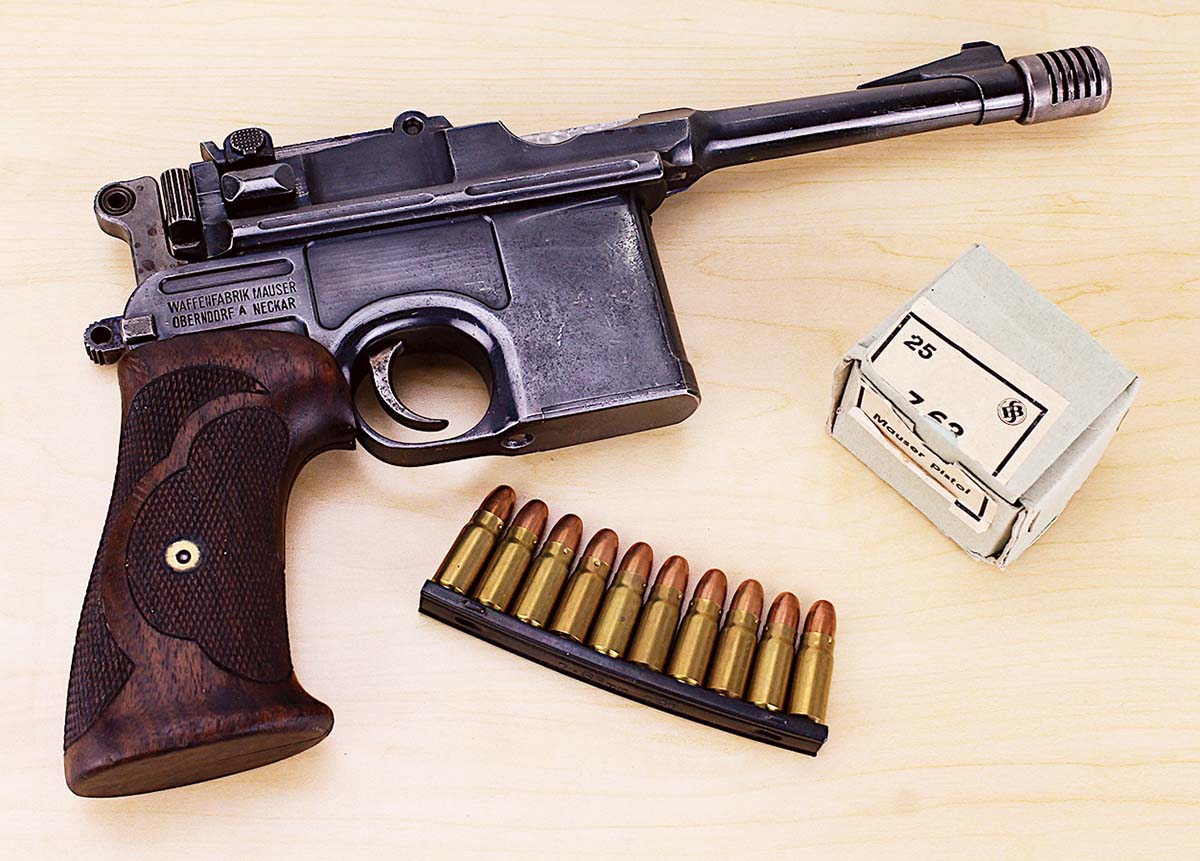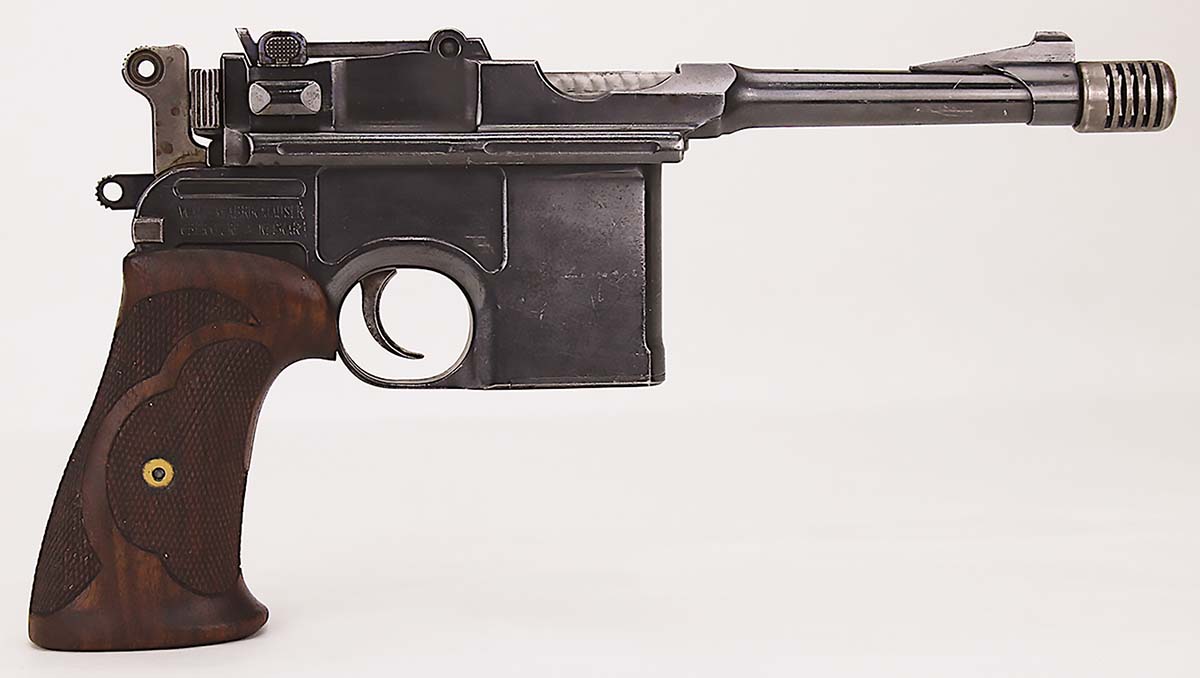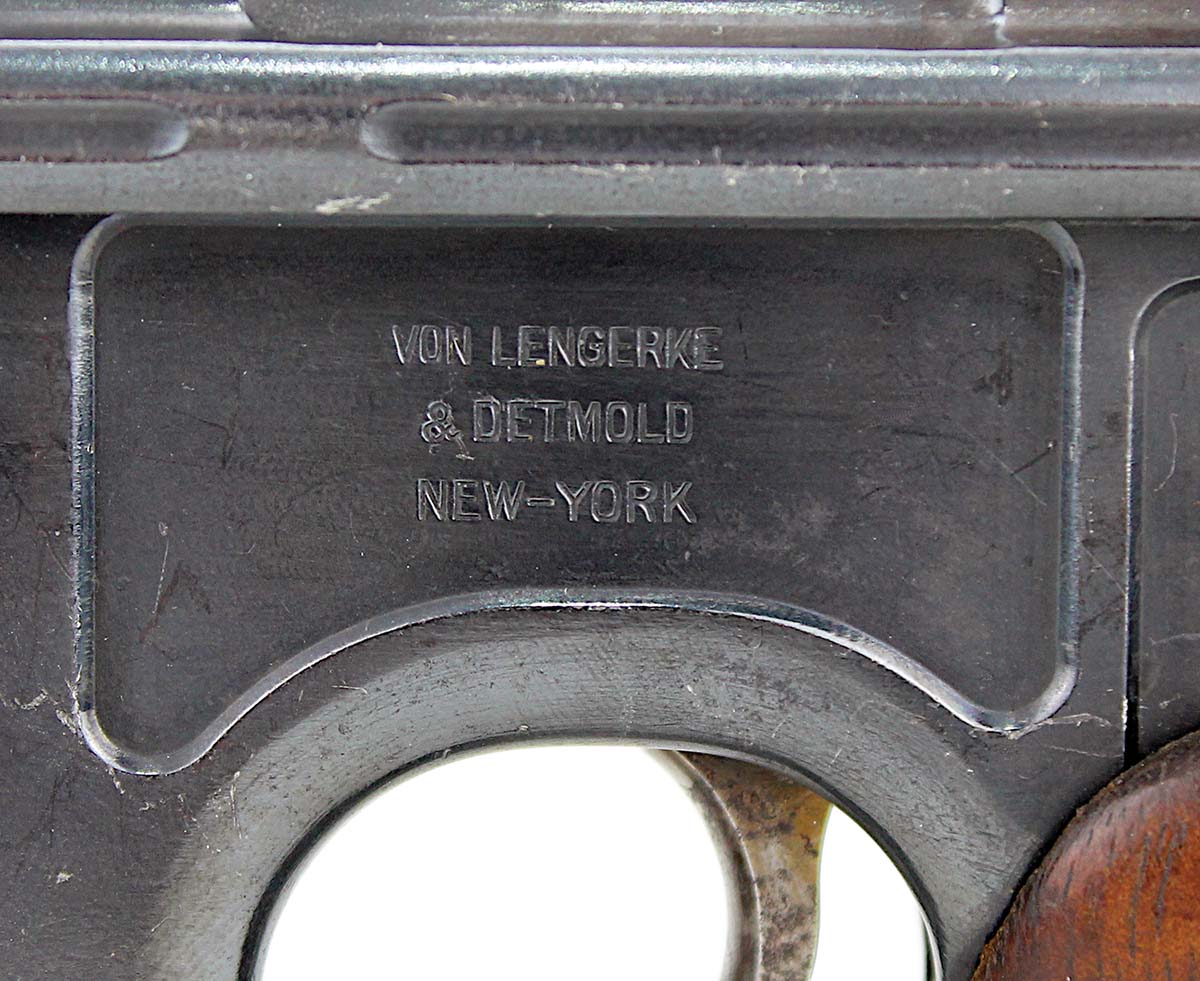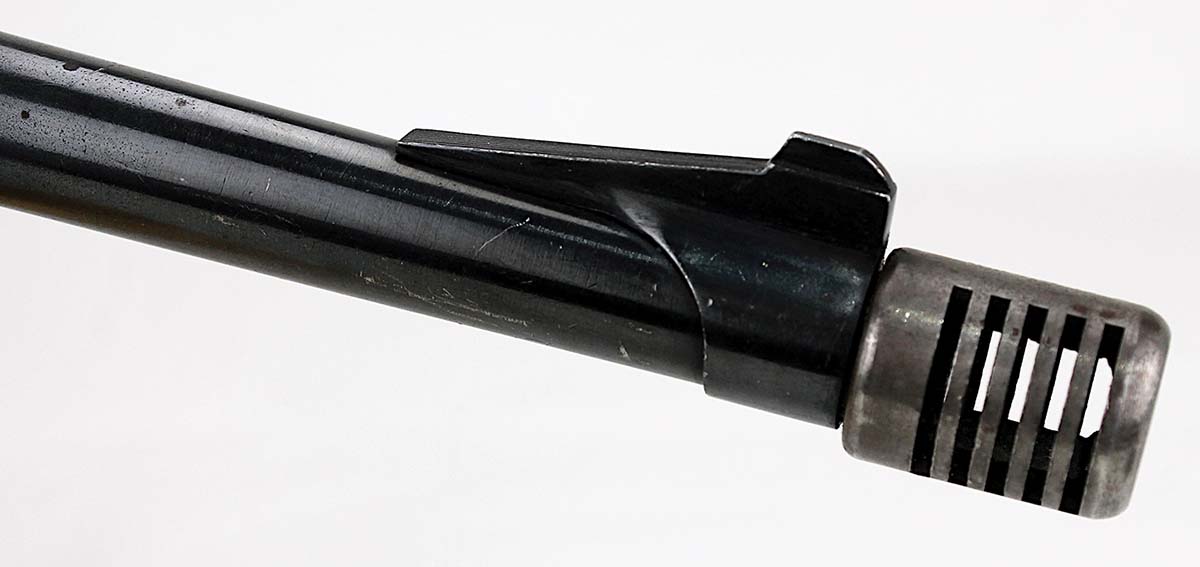From the Bench
Broomhandles for the Upper Crust
column By: Art Merrill | June, 25

Mauser company experimenters designed the Mauser Military Pistol (which Paul Mauser at first nixed but then okayed and called “Pistole 7.63”) to assemble like a 3D puzzle; its sole lonely screw secures the grips to the frame. Comprising only 29 parts – more or less, depending on the specific version – Mauser’s pistol has half the parts of a double-action revolver and about the same number as Colt’s Model 1911. Many of the Mauser’s parts are intricately machined, requiring considerable man-hours of millwork. Manufacturing the all-steel Broomhandle today in a world of squirt-n-mold polymer guns won’t clear the cost/profit margin, so Broomhandles aren’t going to make a comeback. Polymer handguns generally have far better ergonomics than the Broomhandle, anyway, with its bulky magazine in front of the trigger guard and that signature rounded grip that earned the pistol its nickname.
Still, there’s something attractive in the Broomhandle’s steampunk-ish design despite it being eclipsed by time and technology. My most recent Broomhandle acquisition is the most unusual Broomhandle I’ve seen, except perhaps for the one carried by the character Han Solo in Star Wars. The first two features that jump out at the handler are the non-factory grip and compensator. A moment later, one notices the ramped front sight and “jeweled” bolt. All the modification work is expertly crafted, but who did it?

I have not determined who modified this pistol. It may have been Von Lengerke & Detmold, perhaps as a special order. I have seen images of other Von Lengerke & Detmold marked Broomhandles sporting engraving, inlays, carved grips and such embellishments, but, as with this pistol, cannot know with surety that the importer did that work, either. A Von Lengerke & Detmold catalog of 1897-1905 might offer a clue.

American Hugo Borchardt created the 30 Mauser (aka 7.63x25mm Mauser and 7.63mm Mauser) cartridge, originally designed as the 30 Borchardt (or 7.65mm Borchardt) to fire in his Borchardt Model 1893 pistol. Both failed commercially before being later reanimated as the Luger pistol and 30 Luger cartridge. Mauser increased the chamber pressure of the 30 Borchardt cartridge and the velocity of its 85-grain bullet and chambered the Broomhandle to fire it.
The near-clone 7.62x25mm Tokarev cartridge is so similar to the 7.63x25 Mauser cartridge that they are generally considered interchangeable, but some military 7.62 Tokarev ammunition was loaded about 20 percent “hotter” for use in submachine guns. The Tokarev pistol can handle the increased pressure of the sub gun ammunition, but it is too high for the older Mauser pistol design.
Mauser’s Broomhandle launched an 86-grain full metal jacket .308-inch bullet at 1,420 fps. Bullets appropriate for handloading include Sierra’s 85-grain RN, Hornady’s 86-grain RN SP and Speer’s 100-grain Plinker. At this time, Starline has brass – 500 pieces for $132. If that’s too much brass, Graf & Sons has 50-count bags of Prvi Partizan (PPU) brass for $19. For instant shooting gratification that produces reloadable brass, Midway USA lists loaded PPU 30 Mauser ammunition for $33 per 50. Lee Precision, RCBS and Redding all list reloading dies.

Collectors are unsure of the number of Broomhandles manufactured. Mauser made about a million of the pistols between 1896 and 1937. Spain manufactured clones. China made its own copy of the Broomhandle in unknown quantity. Broomhandles are still in the world, but you aren’t going to find even a rough shooter for $250 these days. Like the saying about buying land, buy it when you can because they aren’t making any more.


